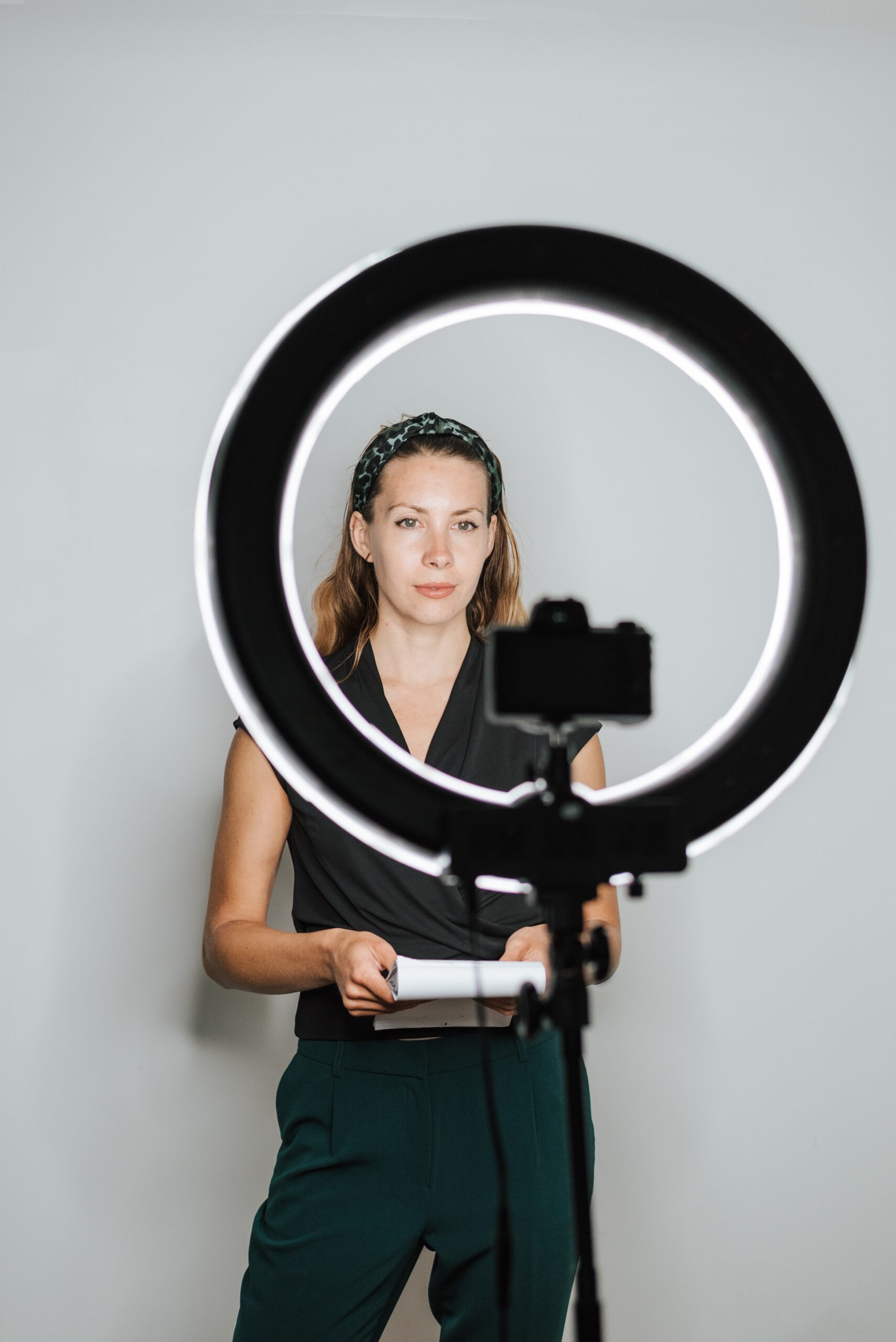Have you ever gazed at a breathtaking photo and wondered how the photographer managed to capture such stunning imagery? The answer lies in their mastery of photography techniques, particularly the art of capturing light. Light is the very essence of photography, and understanding how to manipulate it can make all the difference between an average shot and a masterpiece. Join us as we explore some tried-and-true techniques for harnessing light in your photography so that you too can create captivating images that will leave viewers spellbound.
Introduction to Photography
In photography, light is everything. In order to create stunning images, you must first understand how to control and manipulate light. This can be done through a variety of different techniques, each with its own unique results.
By understanding the different properties of light, you can learn how to use them to your advantage. For example, light can be reflected, diffused, or absorbed. By understanding how these properties work, you can create beautiful images that wouldn’t be possible otherwise.
Reflected light is when light bounces off of an object. This is what gives us the ability to see things in the first place. When light reflects off of an object, it creates an image that we can see.
Diffused light is when light scatters in many directions. This is what gives us the soft, even lighting that we see in studios or on a cloudy day.
The absorbed light is when light is completely absorbed by an object. This is what gives us deep, rich colors in our images.
Each of these properties can be used to create different effects in your photographs. By understanding how they work and how to control them, you can create any result you desire.
Types of Cameras and Lenses
There are many different types of cameras and lenses available on the market today. Each type has its own unique set of features and benefits that can be leveraged to capture stunning images.
DSLR cameras are the most popular type of camera for photography enthusiasts. They offer a wide variety of features, including the ability to interchange lenses, manual controls, and large image sensors. DSLRs are ideal for capturing high-quality photos in a variety of lighting conditions.
Compact cameras are another popular type of camera that is perfect for amateur photographers or those who want a lightweight camera option. Compact cameras typically have smaller image sensors and fewer features than DSLRs, but they can still produce great photos. Many compact cameras also have built-in Wi-Fi capabilities, making it easy to share photos with friends and family.
Bridge cameras are a hybrid between compact cameras and DSLRs. They usually have larger image sensors than compact cameras, but they don’t offer the same level of manual control found on DSLRs. Bridge cameras are a good option for intermediate photographers who want more control than a compact camera offers, but don’t need all the bells and whistles of a DSLR.
Action cameras are designed for capturing video footage in high-action situations. Action cameras typically have small image sensors and wide-angle lenses to help you capture as much of the action as possible. These types of cameras are often used by extreme sports enthusiasts or anyone who wants to capture video footage
Understanding Exposure
In photography, exposure is the amount of light that reaches the sensor or film. It is determined by several factors, including aperture, shutter speed, and ISO. Too little light results in an underexposed image, while too much light leads to an overexposed image.
Aperture refers to the size of the opening in the lens through which light passes. A large aperture (low f-stop number) lets in more light than a small aperture (high f-stop number). Shutter speed is the amount of time that the shutter is open, allowing light to reach the sensor or film. A longer shutter speed lets in more light than a shorter shutter speed. ISO is a measure of a camera’s sensitivity to light. A low ISO produces less grain in an image but requires more light than a high ISO.
To get the right exposure, photographers must balance these three elements. The best way to learn how to do this is through practice and experimentation.
Composition Basics
In photography, the composition is the arrangement of elements in a frame. It is the foundation of your image and plays an important role in conveying your message or story.
There are many different techniques that you can use to improve your composition. Here are a few basics that you can start with:
1. The Rule of Thirds
One of the most popular compositional techniques is the rule of thirds. This rule states that you should imagine your frame divided into thirds, both horizontally and vertically, and place your subject at one of the intersections or along one of the lines. This can help create more balance and interest in your image.
2. Leading Lines
Leading lines are another great way to add interest and depth to your photos. Look for natural lines in your scene that lead the eye into the frame, such as a path, fence, or set of tracks. These lines can help guide viewers through your image and give them a sense of direction.
3. Simplicity
Sometimes less is more when it comes to composition. When there are too many elements in a frame, it can be distracting and make it difficult for viewers to focus on the main subject. By simplifying your composition, you can create images that are cleaner and more impactful.
4. Negative Space
Negative space is the area around your subject matter. It is often overlooked but can be used effectively to create more balanced compositions. Try using negative space to emphasize your
Lighting Techniques
In photography, lighting is everything. It can make or break a photo. Good lighting can make an ordinary photo look extraordinary, while bad lighting can make even the best photo seem dull and unappealing.
There are many different lighting techniques that photographers can use to create different effects in their photos. Some of the most common lighting techniques include backlighting, side lighting, and front lighting.
Backlighting is a technique where the light source is positioned behind the subject of the photo. This creates a halo effect around the subject and can be used to create a dramatic or romantic look in a photo.
Side lighting is a technique where the light source is positioned to the side of the subject. This creates shadows on one side of the subject, which can give the photo a more three-dimensional look.
Front lighting is a technique where the light source is positioned in front of the subject. This illuminates the subject evenly and helps to create a bright and cheerful look in a photo.
Editing Software and Workflow
Whether you’re a professional photographer or a hobbyist, post-processing your photos is an essential part of the workflow. Editing software can help you to bring out the best in your photos, and there are a wide variety of programs available to suit different needs.
When it comes to editing software, there are a few key features to look for. Firstly, you’ll want a program that offers non-destructive editing, so that you can experiment with different techniques without damaging your original image file. Secondly, ease of use is important – you don’t want to spend hours struggling to figure out how to use the software when you could be spending that time taking more photos!
There are many different photo editing programs available, both paid and free. Some of the most popular include Adobe Photoshop and Lightroom, Apple Aperture, and Capture One Pro. Each has its own strengths and weaknesses, so it’s worth doing some research to find the one that’s right for you.
Once you’ve chosen your editing software, it’s important to develop a workflow that works for you. This will vary depending on the type of photography you do and how much time you have available for post-processing. However, there are a few basic steps that all photographers should take when editing their photos.
Firstly, take some time to assess your photo and decide what needs to be done in order to improve it.
Common Mistakes to Avoid
There are a few common mistakes that novice photographers make when first starting out. Here are some of the most common mistakes to avoid:
1. Not Holding the Camera Steady: This is probably the number one mistake that people make when taking photos. When you press the shutter button, be sure to hold the camera as steady as possible. If you have a DSLR camera, use both hands to grip the camera and put your elbows into your sides to help keep it steady. If you’re using a point-and-shoot camera, try to rest your wrists or elbows on a solid surface.
2. Not Using the Flash: Many people think that using the flash will make their photos look “fake” or “sterile.” However, in many situations, not using the flash will result in underexposed photos. If you’re unsure whether or not to use the flash, err on the side of using it. You can always turn it off later if you don’t like the results.
3. Not Framing Your Subject: Another common mistake is not framing your subject properly in the photo frame. Be sure to center your subject and leave some space around them so they’re not crowded into the photo. Also, be aware of what’s going on behind your subject – you don’t want anything distracting in the background of your photo!
4. Taking blurry photos: Blurry photos are often caused by camera shakes or movement while taking the photo.
Tips for Better Photos
In order to take better photos, there are a few things you can do:
1. Use a tripod: A tripod will help keep your camera still and prevent blurry photos.
2. Use a remote shutter release: A remote shutter release allows you to take photos without touching your camera, which can cause shake and blurriness.
3. Shoot in RAW: RAW files contain more data than JPEGs, giving you more flexibility when editing your photos.
4. Use natural light: Natural light will give your photos a softer, more flattering look. Avoid using flash whenever possible.
5. Experiment with composition: Try different ways of framing your subject matter to see what looks best. Sometimes the most unexpected compositions can be the most interesting and visually appealing.
Conclusion
The beauty of photography is that it can capture a moment in time and freeze it forever. Whether you are just starting out or have been taking photos for years, exploring different techniques is an essential part of capturing light and creating beautiful images. We hope this article has helped you gain insight into some common photography techniques so you can start experimenting with your own shots today!










